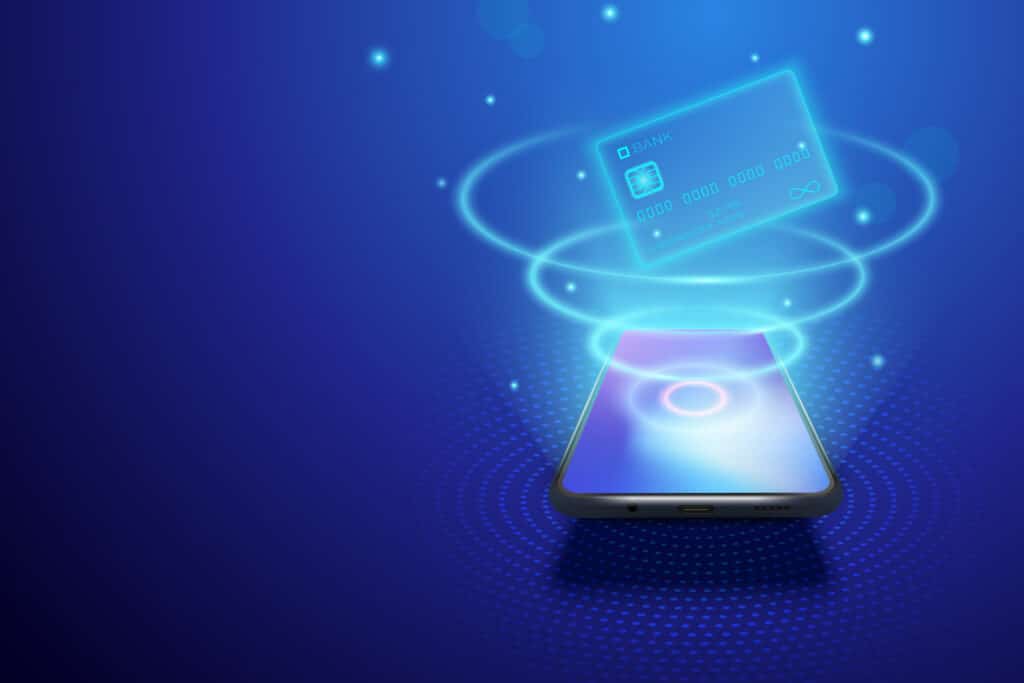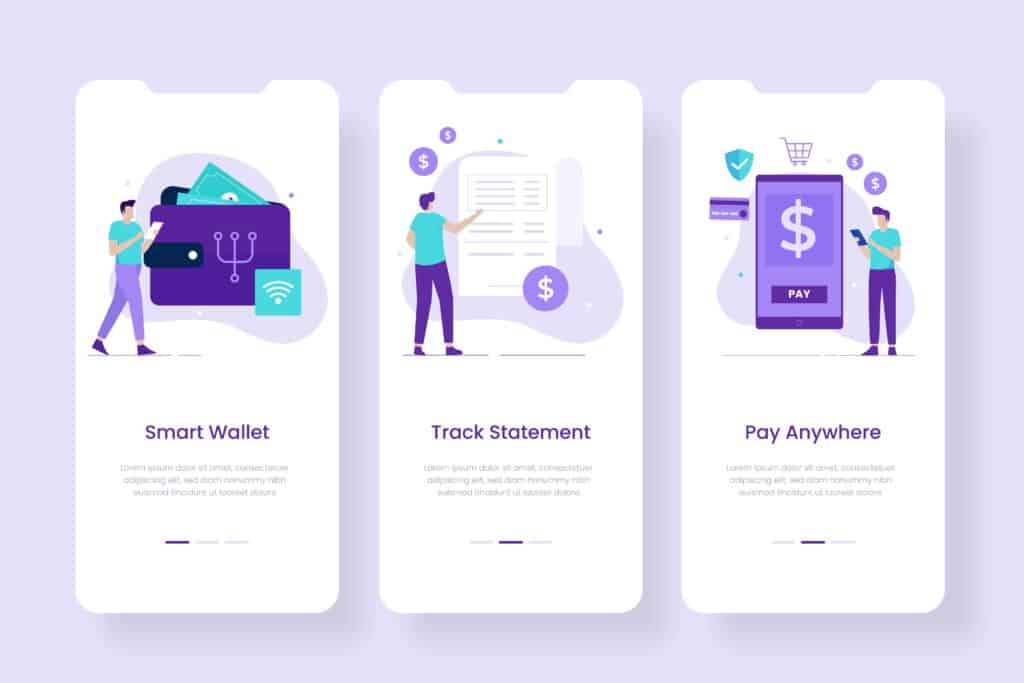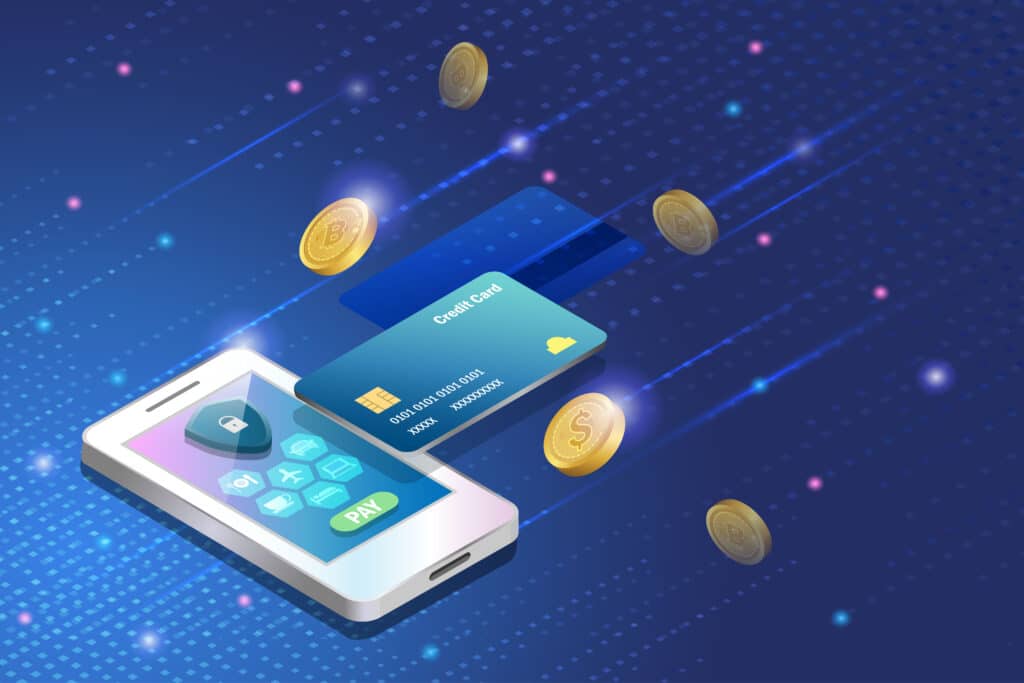In today’s fast-paced and digitally driven world, convenience has become a prized commodity. More people are using smartphones to make their lives easier. This has led to a growing trend in Mobile ordering and payment solutions. Now, consumers can easily make purchases and complete transactions using their phones. They can order coffee or make restaurant reservations with just a few taps on their screens. This technology is changing how we interact with businesses and making things more convenient for everyone. It is also having a big impact on industries worldwide.
The Rise of Mobile Payments
We can now use our smartphones to easily get food delivered, book a ride, and pay for things without using cash. Mobile payments have changed how we shop. One important reason for this is the introduction of mobile ordering and payment solutions. We no longer have to wait in line or search for the right amount of money. With these solutions, we can simply use our smartphones to order and pay for things. Whether we want to get coffee on our way to work or buy groceries during a busy time, these apps make the process fast and easy.

Companies understand that offering a smooth buying experience is important for attracting and keeping customers. As competition grows, it is necessary to use mobile ordering and payment solutions to stay relevant. More and more people are using their smartphones to pay for things because it saves time and gives them flexibility. Businesses benefit from this by being more efficient at the cash register and making customers happier.
Section 1: What are Mobile Payments?
Mobile ordering and payment solutions have revolutionized the way we handle transactions, offering a level of convenience that was once unimaginable. Simply put, mobile payments refer to the ability to make payment transactions using one’s smartphone or other mobile devices. This technology allows users to link their bank accounts, credit cards, or even digital wallets to their smartphones and use them to pay for goods and services in physical stores or online.
What sets mobile payments apart from traditional payment methods is their speed and ease of use. With just a few taps on your smartphone screen, you can effortlessly complete a transaction within seconds. This eliminates the need to carry multiple cards or cash and minimizes the risk of loss or theft. Additionally, it eradicates the hassle of searching through your wallet for exact change or waiting in long lines at checkouts.
More businesses are using secure payment platforms, so consumers can trust that their personal data is safe during transactions. In conclusion, mobile payments are changing how we handle money by making it convenient, fast, and secure. With just a smartphone, people can live in a world where carrying cash is optional.
Section 2: Benefits of Mobile Payments
In today’s digital world, almost everyone has a smartphone. Because of this, mobile payments have become very popular. Mobile payments are not just convenient and fast, they also have extra security features like fingerprint or face recognition. This means you don’t have to worry about losing your wallet or having your credit card information stolen. All you need is your phone to make a purchase. Mobile payments also give you more freedom and flexibility. You don’t have to carry around multiple cards or worry about having enough cash. With just a few taps on your phone, you can pay for things, split bills with friends, or donate to charities. Apps like Apple Pay and Google Pay let you keep all your card information in one place, making it easy to manage your money.

Furthermore, mobile payments open up a world of possibilities when it comes to rewards and discounts. Many payment apps offer exclusive deals and cashback incentives for using their platform. This means that every time you make a purchase using mobile payment, you’re not only saving time but also earning rewards in the process. From airline miles to gift cards, these rewards can add up quickly and contribute to significant savings over time.
In conclusion, the benefits of mobile payments extend beyond mere convenience.
Section 3: Security Concerns and Solutions
While the mobile payment revolution has undoubtedly brought convenience to our fingertips, it is not without its fair share of security concerns. Mobile payments involve transmitting sensitive financial data through various networks and devices, making them vulnerable to hacking and identity theft. This raises the question: how can we ensure the security of our transactions in this rapidly evolving landscape?
Tokenization is a solution to protect sensitive information like credit card numbers. It involves replacing these numbers with tokens that have no value if intercepted by hackers. Mobile payment providers can use tokenization techniques to add an extra layer of protection for user data and reduce the risk of fraud.
Another innovative approach to combat security concerns involves biometric authentication. Fingerprint recognition and facial recognition technologies offer a secure and convenient way to authorize mobile payments. These methods provide more reliable authentication than traditional PINs or passwords since they cannot be easily replicated or compromised.
By understanding these security concerns and exploring solutions such as tokenization and biometric authentication, we can embrace the mobile payment revolution with confidence. With continuous advancements in technology, it is essential for both consumers and businesses to prioritize security measures that keep their financial information safe from potential threats.
Section 4: The Role of Big Tech Companies
Big tech companies have played a significant role in the mobile payment revolution. For example, Apple has made mobile ordering and payment solutions more accessible and convenient with its Apple Pay service. They use near-field communication technology and work with banks and merchants. Google is also involved in promoting mobile payments through Google Wallet. It allows users to make quick and secure transactions with features like contactless payment and loyalty program integration. Additionally, Google’s Android operating system has helped enable mobile payments by providing a standard platform.
Big tech companies are making it easier for people to use their smartphones for all their financial needs, like buying groceries and paying bills online. They are spending a lot of money on research and development to improve the security of mobile payments, using things like biometrics and tokenization. This shows that they are dedicated to shaping the future of digital commerce.
Section 5: The Future of Mobile Payments
Devices with fingerprint scanners and facial recognition allow users to make secure payments easily. This adds extra security that traditional methods can’t match. Digital wallets are also becoming more popular. They store payment information on mobile devices, making transactions seamless and hassle-free. As more retailers accept digital wallets and tech giants collaborate with financial institutions, they will become as common as physical wallets.

In conclusion, the future of mobile payments holds endless possibilities for convenience and security. The integration of biometric authentication and the rise of digital wallets are just a glimpse into what lies ahead. As technology continues to evolve, so too will our ability to make quick and secure payments with nothing more than our phones or other mobile devices. So get ready for a revolution in how we handle transactions – because it’s coming sooner than you may think!
Conclusion: Embracing the Convenience of Mobile Payments
In conclusion, using mobile payments is not just about being easy; it changes how we use money. Mobile payments have brought new ideas that change how we shop, eat, travel, and give to charity. With a few taps on our phones, we can pay for things instantly without cash or credit cards. Mobile payments are also safer than traditional methods because of encryption and features like facial recognition or fingerprint scanning. Digital wallets also give us a record of our transactions, which helps us manage our money.
As society becomes increasingly interconnected through technology, it’s clear that embracing the convenience of mobile payments is not just an option but a necessity. The seamless integration between devices, apps, and financial institutions ensures that we are always connected to our finances on-the-go. Whether it’s splitting bills among friends at a restaurant or donating to our favorite charitable causes across borders, mobile payments simplify everyday tasks while empowering us with flexibility and control over our monetary activities. So why wait? Take advantage of this transformative technology today to unlock a world of convenience at your fingertips.
